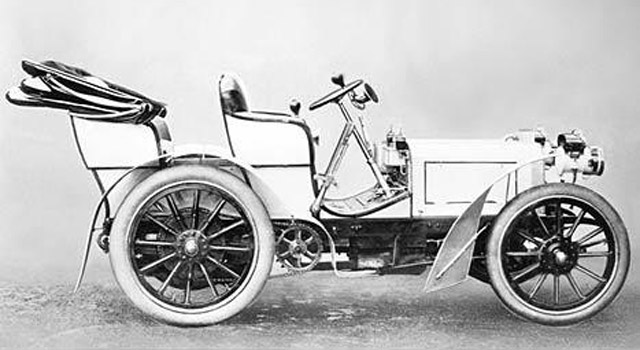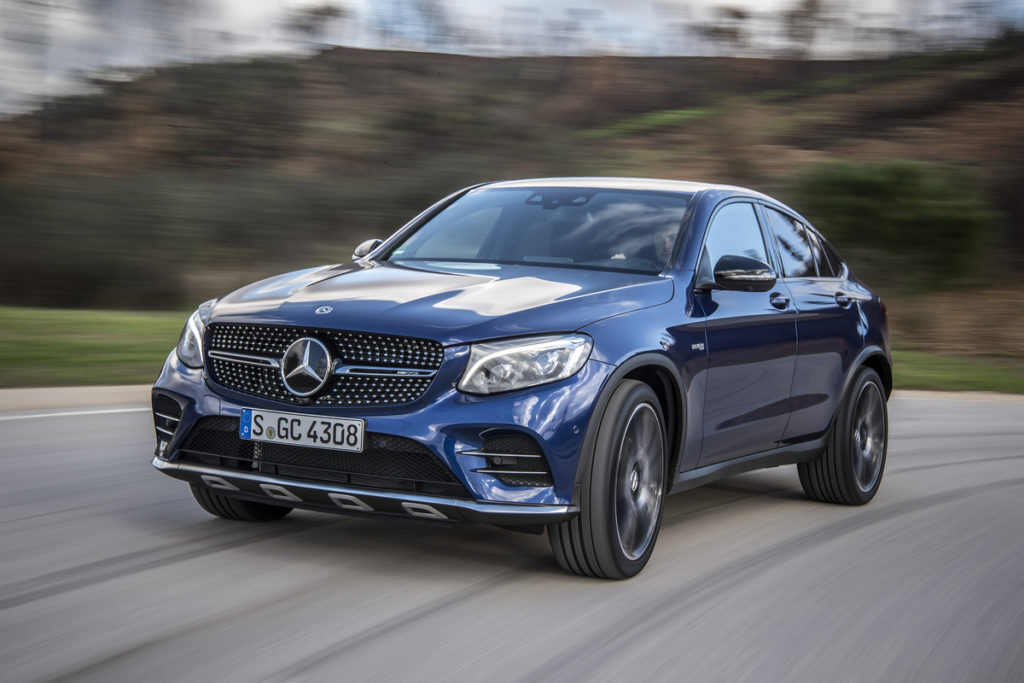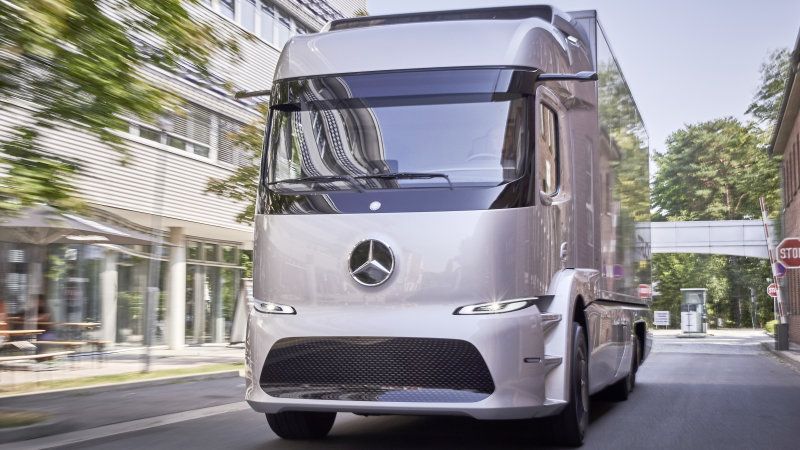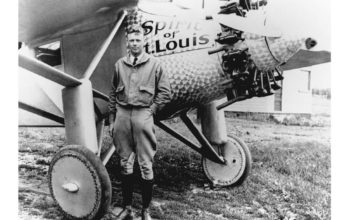On November 22, 1900, the first car to be produced under the Mercedes name is taken for its inaugural drive in Cannstatt, Germany.
The following written content by History.
On November 22, 1900, the first car to be produced under the Mercedes name is taken for its inaugural drive in Cannstatt, Germany. The car was specially built for its buyer, Emil Jellinek, an entrepreneur with a passion for fast, flashy cars. Jellinek had commissioned the Mercedes car from the German company Daimler-Motoren-Gesellschaft: it was lighter and sleeker than any car the company had made before, and Jellinek was confident that it would win races so handily that besotted buyers would snap it up. (He was so confident that he bought 36 of them.) In exchange for this extraordinary patronage, the company agreed to name its new machine after Jellinek’s 11-year-old daughter, Mercedes.
In 1886, the German engineers Gottlieb Daimler and Wilhelm Maybach had built one of the world’s first “horseless carriages,” a four-wheeled carriage with an engine bolted to it. In 1889, the two men built the world’s first four-wheeled automobile to be powered by a four-stroke engine. They formed Daimler-Motoren-Gesellschaft the next year.



In 1896, Emil Jellinek saw an ad for the D-M-G auto in a German magazine. Then, as the story goes, he traveled to D-M-G’s Cannstatt factory, charged onto the factory floor wearing a pith helmet, pince-nez and mutton-chop sideburns and demanded that the company sell him the most spectacular car it had.
That car was sturdy, but it could only go 15 miles per hour–not even close to fast enough for Jellinek. In 1898, he ordered two more cars, stipulating that they be able to go at least 10 miles per hour faster than the first one could. Daimler complied; the result was the 8-horsepower Phoenix. Jellinek was impressed enough with the Phoenix that he began to sell them to his friends: 10 in 1899, 29 in 1900. Read more from History.
Follow News Without Politics for more interesting and relevant, important U.S. and world news stories plus health, entertainment, sports, weather, food and more without media bias.
Stay informed daily. unbiased news fair and balanced, ahead of influence.




